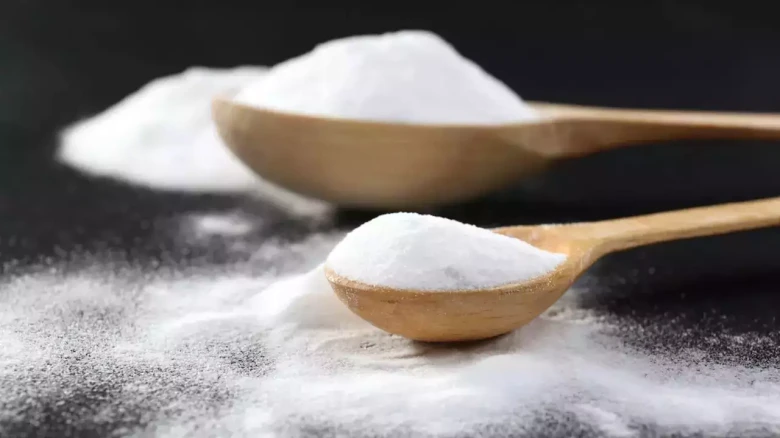Despite sharing the same color and flavor, baking powder and soda have different chemical makeups and uses.
Digital Desk: Baking recipes contain a lot of components, but the most challenging thing to perform sometimes is to distinguish between baking powder and baking soda. Both baking powder and baking soda are leavening ingredients, which produce gas bubbles to aid in the rising of baked goods. Both seasoned and novice bakers usually mix them up due to their similar names and looks. Despite sharing the same color and flavor, baking powder and soda have different chemical makeups and uses.
Baking soda is made of sodium bicarbonate. Alkaline salts like sodium bicarbonate react with acids to produce carbon dioxide gas. Carbon dioxide causes batter or dough to rise. Baking soda is often used in recipes that call for acidic components, such as buttermilk or cocoa powder.
When baking soda is mixed with acid, the reaction produces carbon dioxide. When baked in a hot oven, the batter rises and expands, giving the finished product a soft, fluffy texture. Additionally, baking soda helps baked items brown. Thus, it stands to reason that the majority of people use it to prepare baked goods like cookies.
Baking powder is made of cornstarch, sodium bicarbonate, and an acid (usually cream of tartar). It requires moisture and heat to create carbon dioxide. Baking powder contains acid by nature. Baking powder is used in recipes where an acidic element is absent.
Baking powder is usually described as double-acting by manufacturers. This suggests that upon coming into touch with a liquid, it will activate and start to release carbon dioxide. It will activate again as soon as they cook or heat the combination.

Leave A Comment